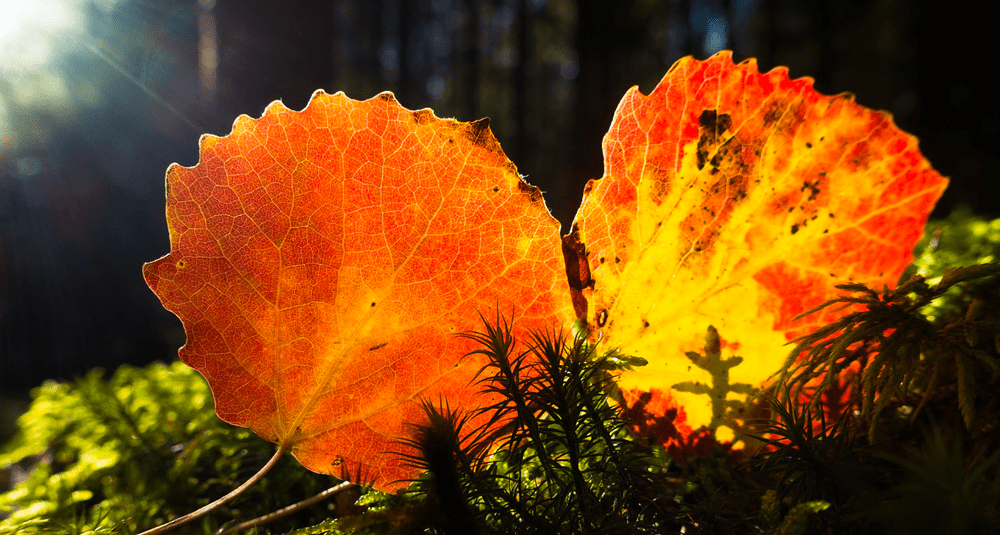Which trees are also called vergnes or vernes?
Last Updated:
The trees known as vergnes or vernes are in fact alders, a genus of trees belonging to the Betulaceae family. Alder is a tree characteristic of wetlands, frequently found along rivers, lakes and marshy areas.
Alder trees are deciduous, meaning they lose their leaves in autumn. Their foliage is often dark green and their leaves are toothed and oval. The most widespread alder in Europe is the black alder (Alnus glutinosa), but there are also other species such as the white alder (Alnus incana) and the Corsican alder (Alnus cordata).
Alder has a symbiotic relationship with nitrogen-fixing bacteria in its roots, enabling it to thrive in nutrient-poor soils.
These trees grow rapidly, often reaching heights of 20 to 30 meters.
Alder bark is generally smooth and dark gray, cracking with age.
Alder plays a crucial role in stabilizing stream banks and preventing erosion. It is also an important habitat for wildlife, particularly birds and insects.
Alder wood is prized for its resistance to water. It is often used to make furniture, plywood and pilings. Historically, it has also been used for underwater construction.
Certain parts of the alder, such as the bark and leaves, are used in traditional medicine for their anti-inflammatory and astringent properties.
Alder trees are found in many parts of the world, including Europe, Asia and North America. Their ability to thrive in moist soils makes them particularly suited to temperate climates.
The trees known as vergnes or vernes are alders, known for their affinity with wetlands and their many ecological and economic uses. Their presence is essential for the health of riparian ecosystems and for biodiversity. By understanding the importance of alders, we can better appreciate these often overlooked but vitally important trees in our natural environment.
nature

Which trees are also called vergnes or vernes?
Answer
The trees known as vergnes or vernes are alders, trees often found in wetlands such as riverbanks.